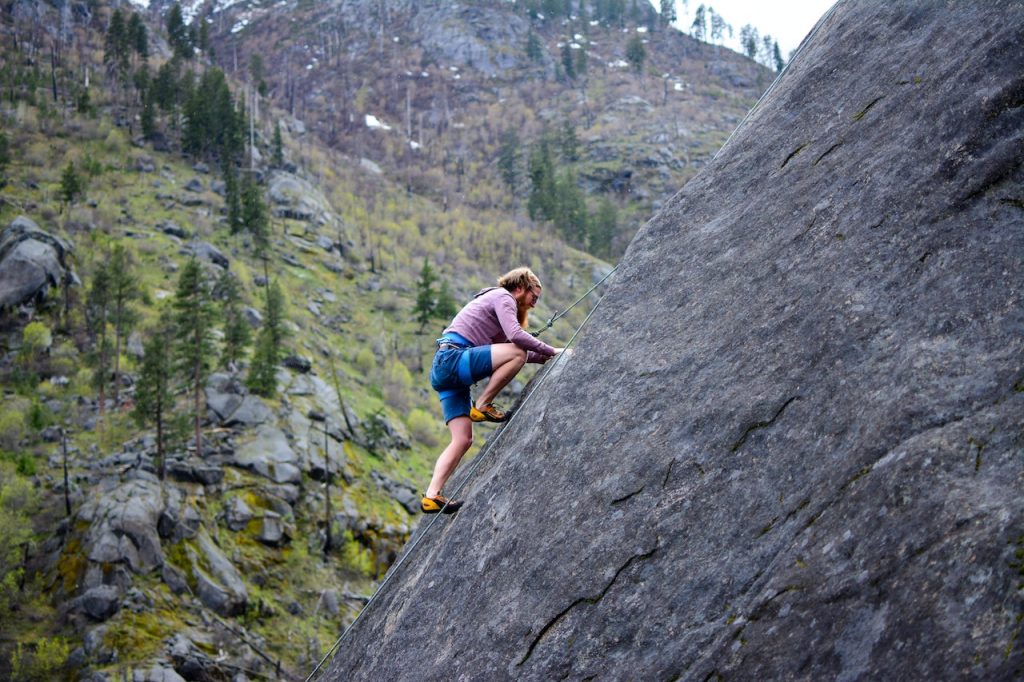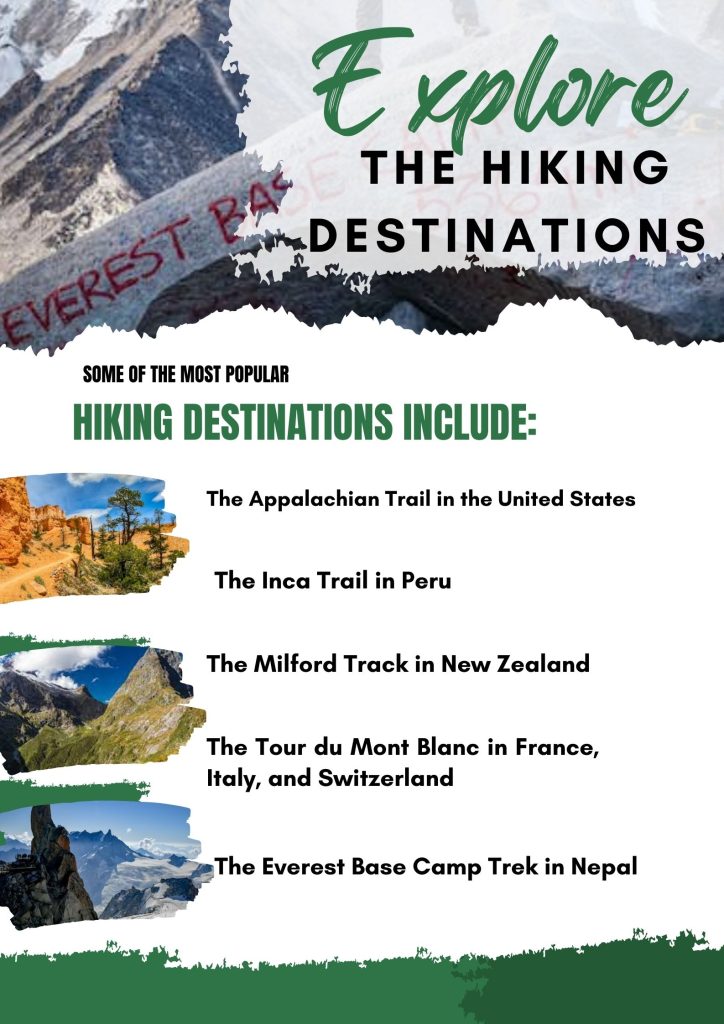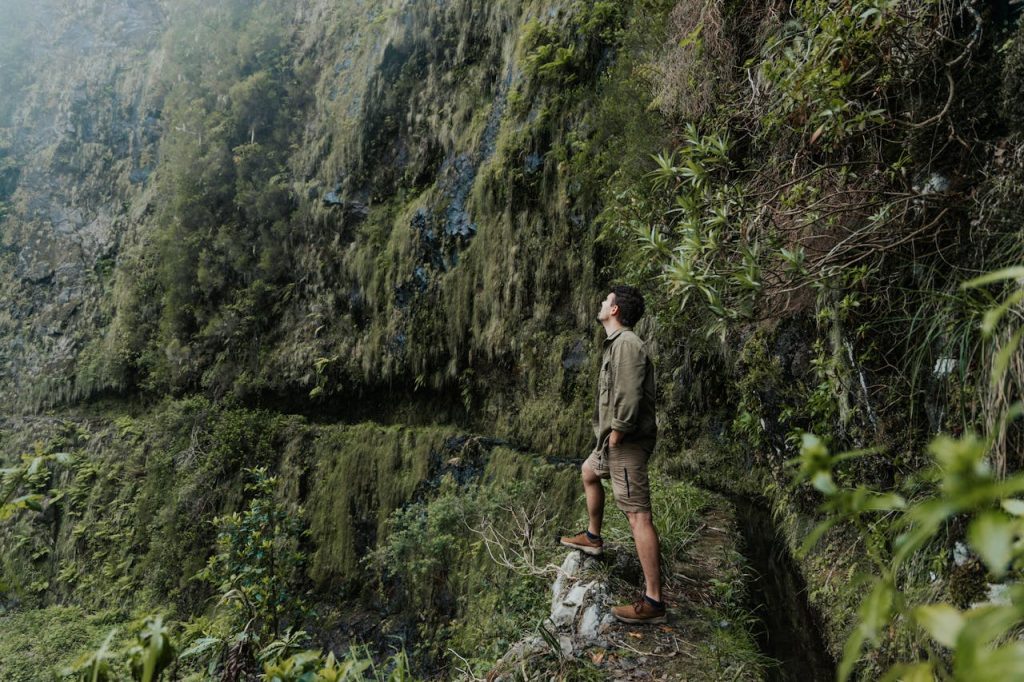Scrambling might be your hiking adventure if you enjoy seeking new challenges and the rush of adrenaline. Scrambling involves scaling up steep and rocky terrain, often requiring using hands and feet to navigate. But before you grab your gear and head out, it’s essential to approach this activity sensibly. While scrambling can be an exhilarating experience, it can also be dangerous if not done with caution and respect for the environment. In this guide, we’ll delve deeper into what scrambling in hiking is all about and how to enjoy this activity safely and responsibly.
What is Scrambling in Hiking?
Table of Contents
ToggleScrambling is a form of hiking that involves climbing steep and rocky terrain using hands and feet. It’s often done without the use of ropes or other equipment and requires a combination of balance, strength, and endurance. Scrambling can be done on various terrain, from boulder fields to rocky ridges, and can range from easy to extremely challenging.
Benefits of Scrambling
Scrambling offers several benefits for hikers, both physical and mental. It’s a great way to build strength and endurance and improve balance and coordination. Scrambling can also help you develop problem-solving skills and increase your confidence in challenging situations. Plus, it’s a fun and exciting way to explore new terrain and see stunning views from a different perspective.
10 Tips for Scrambling in Hiking
Check the weather conditions:
Before heading out for a scramble, check the weather forecast to avoid getting caught in a sudden downpour or other adverse weather conditions. Wet rocks can be slippery and dangerous, so planning your outings on dry days is better.
Know your limits:
Be honest about your abilities and experience level. Only attempt a scramble that is easy enough for you, and always have a backup plan in case you need to bail out.
Bring a partner:
Scrambling alone can be risky, especially if you’re a beginner. It’s always safer to go with a partner with scrambling or climbing experience who can assist you if needed.
Choose your footholds and handholds carefully:
Always test them before committing your weight. Ensure they are stable and secure enough to support you before moving on.
Stay aware of your body position:
Always maintain three points of contact with the rock surface to avoid slipping or losing balance. Keep your center of gravity over your feet to maintain stability.
Avoid vegetation as handholds:
Although it may be tempting to use vegetation as handholds, they are unreliable and fragile. Opt for solid rock surfaces instead.
Invest in grippy gloves:
Wearing gloves with a good grip can help you maintain a better grip on the rock surface, especially when wet or slippery. Look for gloves made with a rubber or latex material that can provide good traction.
Wear proper gear:
If required, dress appropriately for the conditions and bring the necessary equipment, such as a helmet, harness, and rope. Wear comfortable shoes with good traction and ankle support, and carry enough water and snacks for your outing.
Practice rock climbing first:
Before attempting to scramble, it’s advisable to practice rock climbing first to get comfortable with the techniques and movements involved. This will help you build your strength, coordination, and confidence, all essential for scrambling.
Respect the environment:
Scrambling often occurs in natural environments that are fragile and sensitive to human impact. Respect the environment and follow Leave No Trace principles by avoiding damaging vegetation, packing out all trash, and staying on established trails.
Avoid Shortcuts:
It is important to stay on the designated trail and avoid any shortcuts. Taking shortcuts can be dangerous, leading to getting lost or injured. It is also important to carry a map and a compass and to know how to use them.
Scrambling Grades

Are you curious about how scrambling difficulty is measured? Scrambling grades are used to rate the level of challenge you can expect to face on a particular route.
Here’s a breakdown of the stages:
Grade 1:
These routes are the easiest and involve minimal scrambling. You can expect some basic footwork and handholds but nothing too technical.
Grade 2:
These routes are more challenging and may involve steeper terrain. It would help if you used your hands and feet to scramble up rocks and boulders.
Grade 3:
These routes are more demanding and often require some ropework. You’ll encounter steep, exposed terrain and must use both your hands and feet to progress.
Grade 4:
These routes are challenging and should only be attempted by experienced scramblers. You must be comfortable with exposed terrain, difficult ropework, and sustained scrambling.
Scrambling can be an exciting way to explore the outdoors, but always choose a route appropriate for your skill level. Stay safe, and have fun out there!
Techniques for Scrambling:
Scrambling can be an exhilarating way to explore the great outdoors, but proper techniques in your toolkit are important. Here are some tips to help you scramble like a pro:
Basic Scrambling Techniques:
Scrambling, you can use various techniques depending on the terrain and your abilities.
Some basic techniques include:
Hands and Feet:
Use your hands and feet to climb rocks and boulders, always maintaining three points of contact.
“Butt Scoot”:
Use the “butt scoot” technique to maintain control and stability for sliding down steep slopes.
Friction and Balance:
For more advanced terrain, use friction and balance to climb steep slopes and navigate tricky obstacles.
Hand Jams:
Use hand jams to gain purchase on the rock for steep cracks and chimneys, and pull yourself up.
Advanced Scrambling Skills:
For experienced scramblers looking to take their skills to the next level, there are a variety of advanced techniques to learn. These include:
Rope Management:
Learn how to use ropes to protect yourself and your partners on more technical terrain.
Advanced Friction Techniques:
Practice more complex friction techniques to improve control and balance on steep slopes.
Crack Climbing:
Master the art of crack climbing to tackle some of the most challenging routes.
Remember, safety should always be your top priority when scrambling. Make sure you have the necessary skills and equipment before attempting more advanced terrain, and always be bold and turn back if a route feels too difficult or unsafe. With the proper techniques and preparation, you can enjoy the thrill of scrambling while staying safe and confident on the trail.
Best Places to Scramble in the World






Conclusion
Scrambling is a thrilling and challenging activity that adds a new level of excitement to traditional hiking. It involves climbing over rocky terrain, using your hands and feet to navigate steep and exposed sections. While scrambling can be a lot of fun, it’s also essential to prioritize safety and respect the environment. With the right gear, techniques, and mindset, scrambling can be an incredible way to explore some of the most exquisite landscapes in the world and push your physical and mental limits.
Happy Scambling!
Popular Articles:




